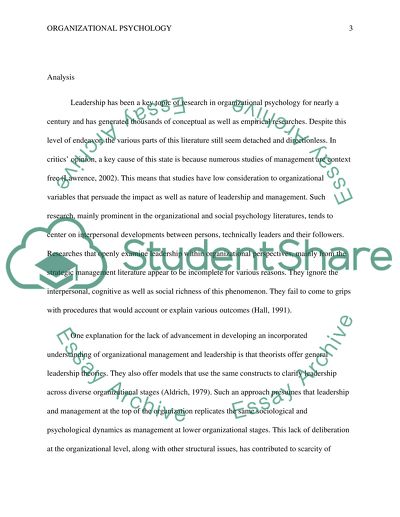Cite this document
(“The Function Of Organizational Psychology Essay”, n.d.)
The Function Of Organizational Psychology Essay. Retrieved from https://studentshare.org/psychology/1454498-organizational-psychology
The Function Of Organizational Psychology Essay. Retrieved from https://studentshare.org/psychology/1454498-organizational-psychology
(The Function Of Organizational Psychology Essay)
The Function Of Organizational Psychology Essay. https://studentshare.org/psychology/1454498-organizational-psychology.
The Function Of Organizational Psychology Essay. https://studentshare.org/psychology/1454498-organizational-psychology.
“The Function Of Organizational Psychology Essay”, n.d. https://studentshare.org/psychology/1454498-organizational-psychology.


